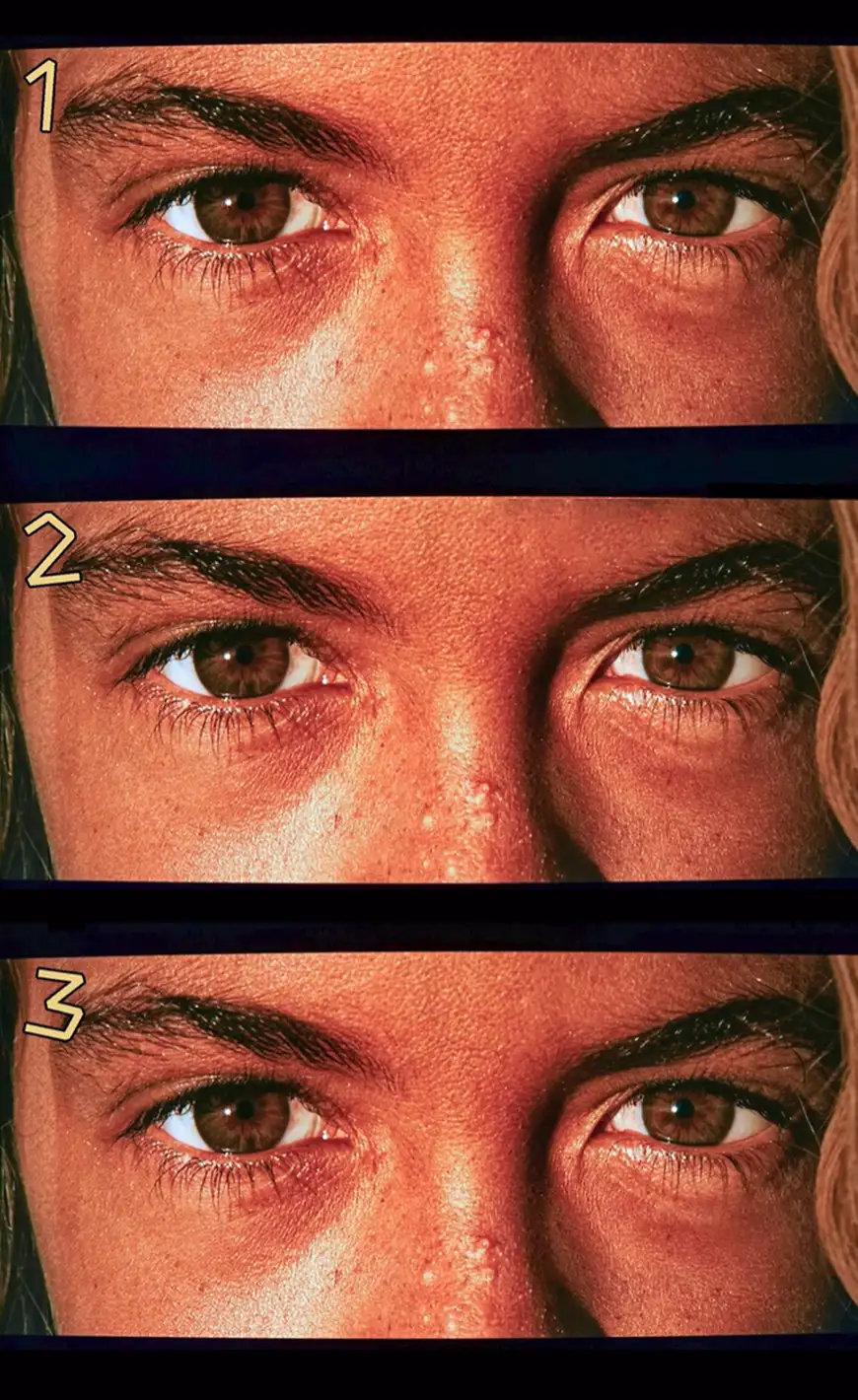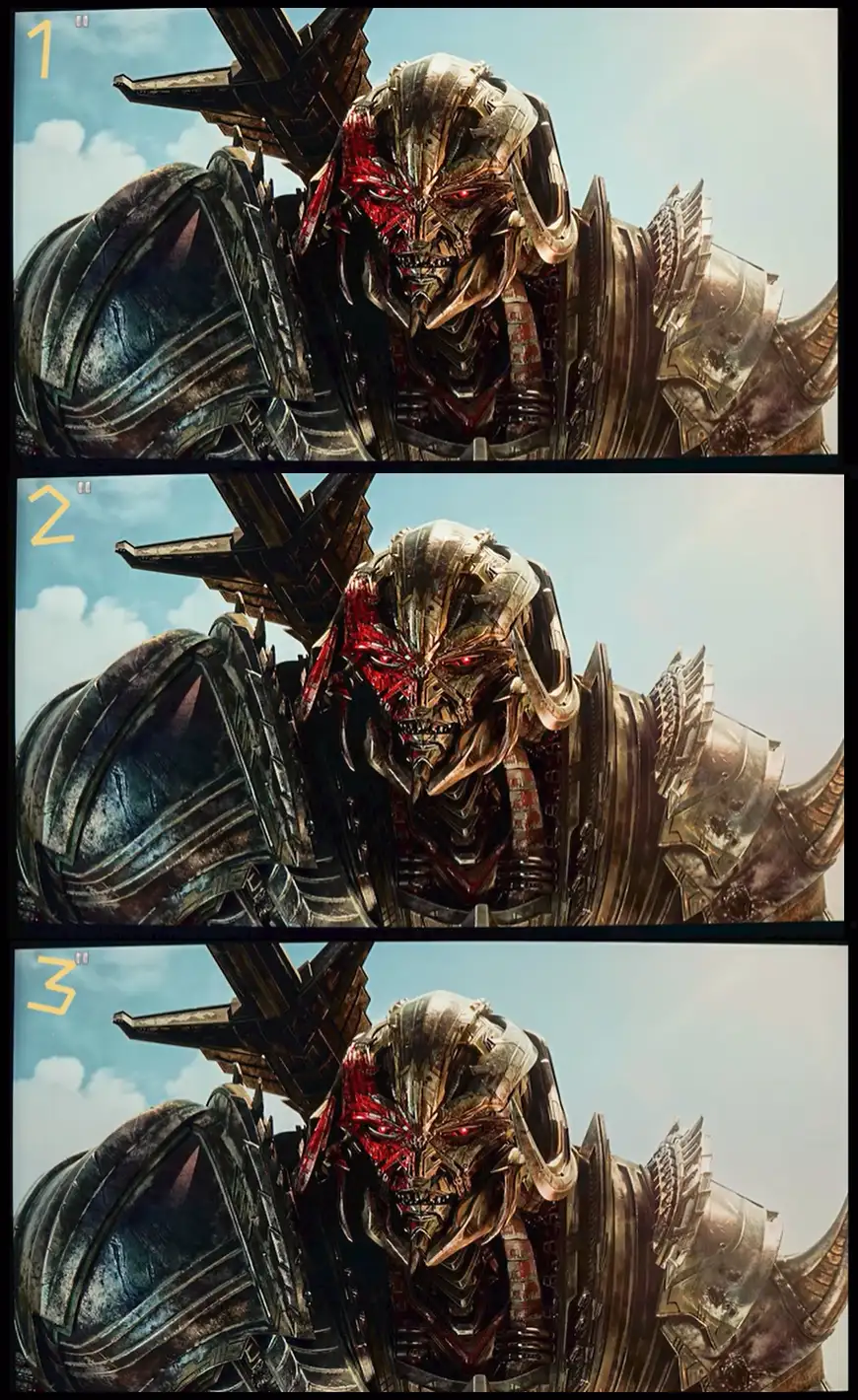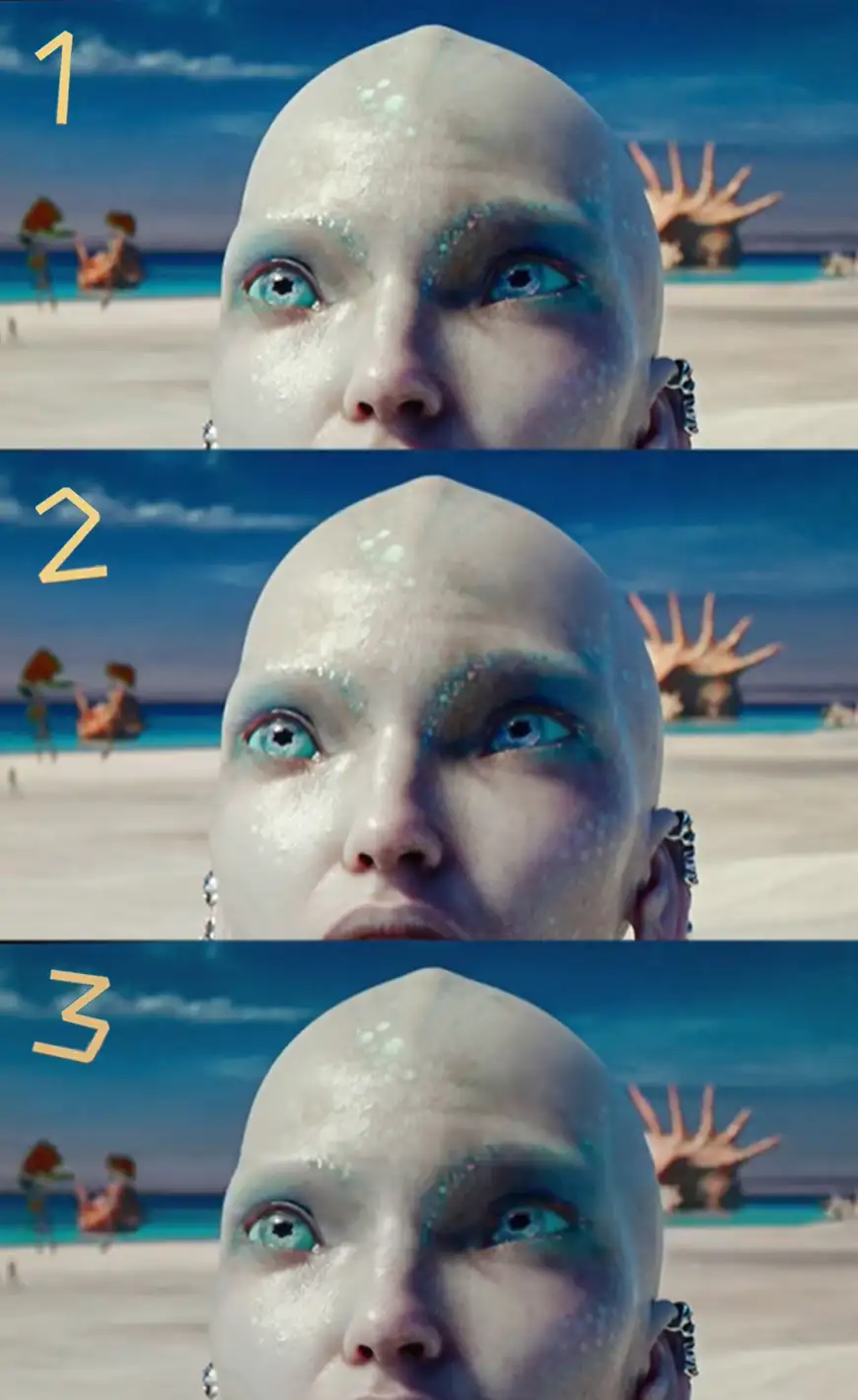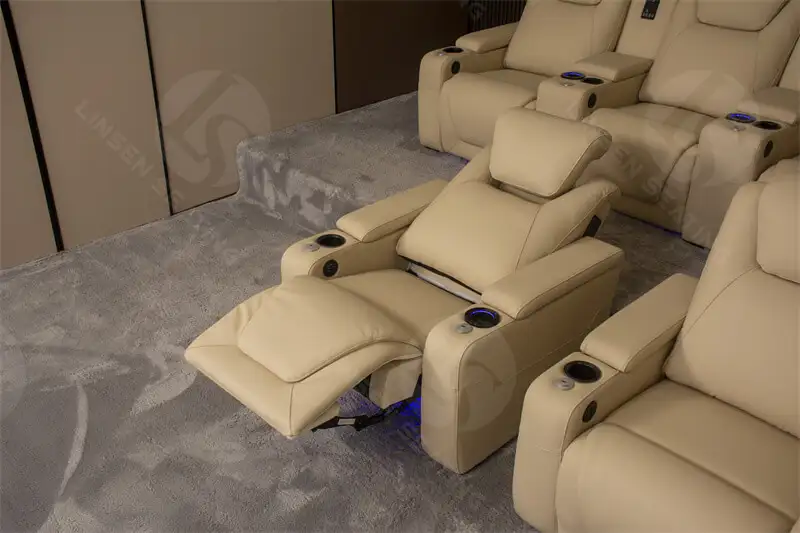In the realm of contemporary cinema, films are increasingly being crafted in the magnificent 4K resolution, with even the most prestigious blockbusters venturing into the splendid 8K domain. Amidst the rapid expansion of network communication technology, the vastness of bandwidth and velocity have reached unprecedented heights. To accurately convey this grand visual and auditory experience to the audience, an exceptional HDMI cable is an absolute necessity. However, the quest for such a cable can be a daunting challenge. This article delves into the intricate details of HDMI, guiding you through the essential six rules you must master to conquer in the quest for the perfect HDMI cable. Explore the various HDMI cable configurations, materials, certifications, and selection strategies, and you’ll be well on your way to achieving audio and video transmission perfection.
1. What is HDMI Cable?
The HDMI cable is a high-definition multimedia interface cable utilized for transmitting audio and video signals between electronic devices. Its principal advantage stems from its capability to transmit data at high speeds, thereby ensuring a superior audio and video experience. The HDMI cable is designed with a compact and slim profile, which facilitates easy connection and storage. Its applications are diverse, encompassing home theaters, gaming consoles, and professional audio and video equipment.
There are two main shapes for HDMI cable:
- Round HDMI cable: The shape is round, easier to hold and handle, and do most home appliances use the type. Round cable is also stronger and more durable because the outermost protective skin is generally very strong and can even be up to 3 mm thick, but the disadvantage is that it can be very hard.
- Flat HDMI cable: Flat shape, space-saving, suitable for embedded products. The disadvantage is that it’s easier to bend.
- In terms of the scale of production, there are two main types of HDMI cable materials:
- Copper HDMI cable: The copper core is used as the conductive material, and the transmission is stable but the distance is limited. Most consumer-grade HDMI cables use this material.
- Fiber optic HDMI cable: It uses optical technology for transmission, and the transmission distance can reach more than 50 meters, but the cost and installation difficulty are high.
HDMI cable certification:
- Ultra High-Speed HDMI 2.1 certification: This certification is for high-speed HDMI cables that support 8K@60Hz and 4K@120Hz uncompressed video transmission.
- Premium HDMI Cable Certification Program: The program ensures that each cable can support the full-speed bandwidth of 18Gbps, which is critical for 4K/UltraHD content. Certified cables will carry anti-counterfeiting and anti-tampering labels to prove that they meet the standards of the Premium HDMI program.
- HDMI ATC (Authorized Testing Center) certification: All HDMI products must complete all items of compliance testing at the authorized testing center, including Source, Sink, Cable and Repeater categories. Each product that passes the test will receive official HDMI certification to ensure its quality and compatibility.
2. Key Indicators of HDMI Cables
- The most intuitive one is certification. Different HDMI certification standards specify different performance indicators, such as data transmission rate, voltage level, connector material, etc. For example, the HDMI 2.1 cable certification standard requires the cable to support a data transmission rate of up to 48Gbps, which means that it is capable of 4K or even 8K resolution video transmission, and ensures smooth and unstuck. Some low-quality HDMI cables may not have been strictly certified, and their transmission performance may not reach the nominal value, and may even cause signal loss or device damage. In addition to data transmission performance, certification also involves the compatibility and safety of HDMI cables. Only certified cables are compatible with various HDMI devices, including game consoles, TVs, and speakers. In addition, certification can also ensure the electrical safety of HDMI cables and avoid electromagnetic interference, voltage instability, and other problems caused by cable quality problems.
- In addition to certification, the quality of the cable can also be judged by its color and glossiness. High-quality HDMI cables usually have a high gloss and bright and uniform colors. Inferior cables may have dull colors, poor gloss, or even obvious color differences.
- In addition, the heavier and thicker the cable, the better the material. In the case of the same thickness, the material is very important. For example, copper HDMI cable and aluminium HDMI cable of the same thickness, have better conductivity, so HDMI cables made of copper have better signal transmission performance. In addition, the insulation material and wire structure inside the cable will also affect the signal transmission effect. High-quality insulation materials and appropriate cable structures can reduce signal interference and improve the stability and reliability of signal transmission.
- From a microscopic perspective, the transmission medium needs to increase the current density and conductivity and reduce the impedance, so there are many materials that can be considered for the core, such as gold alloy, silver alloy, copper-aluminium alloy, single crystal copper, etc. These materials can improve the transmission quality of HDMI cables to a certain extent, but the cost is also higher. Generally speaking, ordinary high-purity copper cables can already meet our daily needs.
- In core materials, optical fibers are superior to materials. due to their excellent optical transmission properties and small transmission loss. This allows optical fibres to transmit information over long distances with minimal signal degradation. Moreover, optical fibres have a high bandwidth and can handle large amounts of data simultaneously. In addition, they are also lightweight and resistant to electromagnetic interference, making them ideal for use in communication.
3. HDMI Cable Anti-Interference Testing and Projects
The following are the items to be tested according to the HDMI 2.1 standard
- Dynamic HDR
- Dynamic metadata
- Quick frame transport
- Quick media switching
- Auto low latency mode
- eARC support
- Variable refresh rate
- High frame rate video
- High-resolution video up to 10K
- Increased bandwidth up to 48Gbps
As ordinary consumers, we find it challenging to perform professional tests on this HDMI cable. Nonetheless, we can utilize the resources available to us to carry out key tests that will help us determine if the HDMI cable meets our requirements.
1. Video Signal Test: Select a 4K video of a ball sport, avoiding those with slow motion, such as playing basketball. If there are any mosaics or apparent ball teleportations during viewing, the cable might not align with our requirements.
2. eARC audio Test: Play a media file with high-bitrate audio, like a Blu-ray disc or an HD movie from a streaming service. Check if the audio device can accurately decode and play high-quality audio.
4. HDMI Buying Guide: How to Choose the Right HDMI Cable
- Look at the connectors. Choose gold-plated connectors and pins. In addition to the aesthetic appeal, gold plating provides better corrosion resistance, conductivity, heat resistance and durability against plugging/unplugging actions. The pins that interface directly with the HDMI port on devices are also crucial, as their conductivity and durability can impact picture quality. Pins are usually made of tin-plated phosphor bronze which has great elasticity and corrosion/wear resistance. Good quality HDMI cables will have pins coated with nickel first before gold-plating.
- Opt for HDMI 2.1. On shopping websites, no matter whether you see HDMI 2.0 or 1.4, remember to purchase HDMI 2.1. HDMI 2.1 is compatible with HDMI 2.0 and 1.4. HDMI 2.1 has a larger 48Gbps bandwidth and many exclusive features.
- Purchase brand-new HDMI cables only. We should not buy second-hand or non-brand new HDMI cables, but rather products with brand new packaging. Especially for fibre optic HDMI cables, it is difficult to ensure proper storage when disassembled or without original packaging. If there is a quality issue, we will lose our after-sales guarantee.
- Choose affordable alternatives to big-brand products. There is no need to deliberately pursue products from big brands. Although we acknowledge that the workmanship and materials of big brands may be better, we may have to pay several times or a hundred times more for the price. Nowadays, under the same standard, the performance difference of industrial products will not exceed 15%. We can put the money on the hardware devices for audio and video. Our testing content is included later in the article.
- Consider the material. If we have high requirements for sound quality, we generally need to consider the material: Gold alloy>Silver alloy>Single crystal copper>Copper alloy>Ordinary copper.
- Choosing the right decoding chip in the plug. If we choose an HDMI cable with fiber optic cables, we also need to understand the decoding chip in the plug. Because in this line, the signal needs to undergo two photoelectric signal conversions, and if the computing power is not sufficient, it is likely to cause signal loss during the transmission of large amounts of data.
- Check the conductor count. Authentic HDMI cables will have the full 19+1 pins to meet HDMI standards. Non-compliant cables may use less at 13+1 or 15+1, cutting shielding conductors and function lines that compromise signal transmission quality.
- Look at shielding material. Shielding blocks external interference to signal transmission for better stability. Authentic HDMI cables usually have quadruple shielding – outer jacket + aluminium-plated braided net + aluminium foil + foil shielding wraps. Multiple layers enhance interference resistance. Their outer PVC jackets are also more durable than non-compliant cables that may use lower-quality recycled PVC to save costs. The internal metal shielding layers can also cause issues – authentic cables have dense aluminium-plated shields vs. cheaper versions omit this layer.
- In terms of image quality, HDMI 2.1 supports up to 4K120Hz or 8K60Hz. HDMI 2.0 maximum is 4K60Hz. 2.1 is backward compatible with 2.0 and 1.4, and also supports Dynamic HDR, 48Gbps bandwidth and 12-bit color depth.
5. Should You Choose Fiber Optic or Copper HDMI Cable?
- Optical fiber is used as a high-speed channel to transmit high-frequency signals. It uses the ultra-10G OM4 optical fiber core with better performance. The light speed transmission is not affected by external electromagnetic radiation and ensures the efficiency of signal transmission. But not all the cores of optical fiber are optical fiber, usually only 4 are optical fiber. Copper cable, as a low-speed channel, plays an indispensable role in eARC audio return, DDC clock signal, power supply performance and compatibility, which directly affects the performance of the cable.
- Fiber optic HDMI cables are lighter in weight compared to copper HDMI cables which have a thicker bodied core. Fiber optic HDMI cables are more flexible and lightweight, making cable installation more convenient for large-scale in-wall wiring or complex environment installations. Fiber optic HDMI cables use optical fiber for signal transmission, providing outstanding resistance to electromagnetic interference and wireless signals. Their transmission distances can reach over 300 meters. In contrast, copper HDMI cables transmit signals electrically and are more stable over shorter distances, but susceptible to interference from surrounding electronic devices or wireless signals at longer spans which can degrade image quality or cause signal dropouts.
- For short-distance connections like from a game console to a display or TV to set-top box, copper HDMI cables will suffice. However, for long-distance applications in construction pre-wiring, and office projection/monitoring systems, fiber optic HDMI cable is recommended as it can achieve much longer transmission spans without signal attenuation or quality loss issues.
In summary, in the same brand and grade, the effect of optical fiber will be better than that of copper. for users requiring longer transmission distances, high bandwidth needs and interference resistance, a fiber optic HDMI cable is generally a better choice. Copper will still work well for shorter runs where stability is the priority over extended-range capability.
6. Popular & Affordable HDMI Cable Brands
– Philips: Philips HDMI cables use OF material, all-metal shell compacted cables, and outstanding shielding effects. High-end products can provide excellent audio and video quality.
– Vantec: An American brand, positioned as a mid-range product. Vantec HDMI cable uses 28-30AWG wire core, double-layer full metal shielding design, and is affordable.
– Fibbr: A Korean brand, well-known for its 4K ultra-high-definition transmission technology. The long-distance HDMI cable with a 5-core structure is durable.
– Green Union: Green Union is a professional computer peripheral R&D and manufacturer. Their HDMI cables are also popular among consumers. Similar to Aigo, Green Union cables deliver stable signals with low loss using quality conductors and insulation. They also have high durability and interference resistance.
– Kaiboer: Kaiboer focuses on high-quality audio and video transmission equipment R&D and manufacturing. Their HDMI cables have a strong reputation in the industry for excellent performance, low loss and good compatibility. Additionally, Kaiboer cables use environmentally friendly materials that are harmless to humans.
Picture and Sound Quality of HDMI Cables of Different Grades Test
Higher-quality HDMI cables have better color saturation, more realistic and vivid colors, and clearer layering or depth of field. Such high-quality HDMI cables can not only improve image clarity but also make the details in dark areas more delicate.
This picture is from the Dolby Vision test disc. There is basically no difference in the clarity and color of these three pictures. The difference is mainly in brightness. The brightness of No. 2 is greater than that of No. 1, and greater than that of No. 3.

This picture is from the movie Transformers 5. The main difference between these two pictures is the clouds in the sky behind them. Pictures 1 and 2 are brighter, while picture 3 is a bit dim.

This picture is from Valerian and the City of a Thousand Planets. The difference between this set of pictures is bigger. The color of No. 3 is different from No. 1 and No. 2. Comparing No. 1 and No. 2, the details of the face in No. 1 are better, which means that the clarity of No. 1 is better.

The visual differences between the three lines above may not be particularly obvious, and the third line with the worst performance can basically meet our needs. But in the sound testing stage, these three wires still reflect their price differences.
We are testing a war scene where bullets pass by our ears and shells explode continuously from near to far. The sound of shells on the first line is noticeably more concentrated in the bass and deeper in the dive, as if hundreds of pounds of stones were hitting me in front. The sound is very textured and the overtones are also rich. The sound of bullets rubbing in the air made me unconsciously tilt my head, it was too realistic.
The sound of the second line is generally less detailed and impactful, but it still allows one to immerse oneself in the atmosphere of the movie.
The sound of the third thread is noticeably blurry and softer, making it less satisfying.
Below are three cables, the first one is HIFI grade, the second one is fiber optic cable, and the third one is a regular HDMI cable. The price difference between these three wires is significant, and we hope to provide a purchasing reference for everyone.
A high-quality HDMI cable can enhance the audio-visual quality of movies and shows. Similarly, a good theater seating sofa can enhance the comfort of the viewing experience. The Theater Seating Sofa Leather Recliner With Adjustable Headrest I’m showing below allows you to relax and enjoy movies and programs comfortably. This theater seating sofa leather recliner and the high-quality images and sound output by premium HDMI cable will create an unparalleled home theater environment!

This is perfect for a movie enthusiast with back problems seeks ultimate comfort and support. It offers unparalleled comfort with its motorized adjustments, including a headrest that can be fine-tuned for optimal neck support. The luxurious leather upholstery adds a touch of sophistication to the home theater.
Details:
Crafted from luxurious top-grain leather upholstery in your choice of beige, this chair strikes the perfect balance of sophistication and leisure. The leather exterior is expertly stitched with contrast diamond quilting, enhancing its visual appeal. However, where this recliner truly excels is its emphasis on customized comfort. The lumbar and headrest areas are fully motorized, reconfiguring at the press of a button for targeted support in any reclined angle. Finding the ideal posture for viewing is effortless. Beyond ergonomics, a few features truly elevate the theater experience. A swivel tray table provides a convenient surface while your beverages stay refreshing in the cooling cup holder. Snacks are also within arm’s reach thanks to integrated storage compartments.
Control is intuitive with a backlit wireless remote, reclining silently on German-engineered motors. USB ports integrated in the armrest keep devices charged during marathons too. Its solid wood construction laced with foam and springs ensures long-lasting stability. Space is optimized too – when reclined, it slides forward neatly without protruding.

